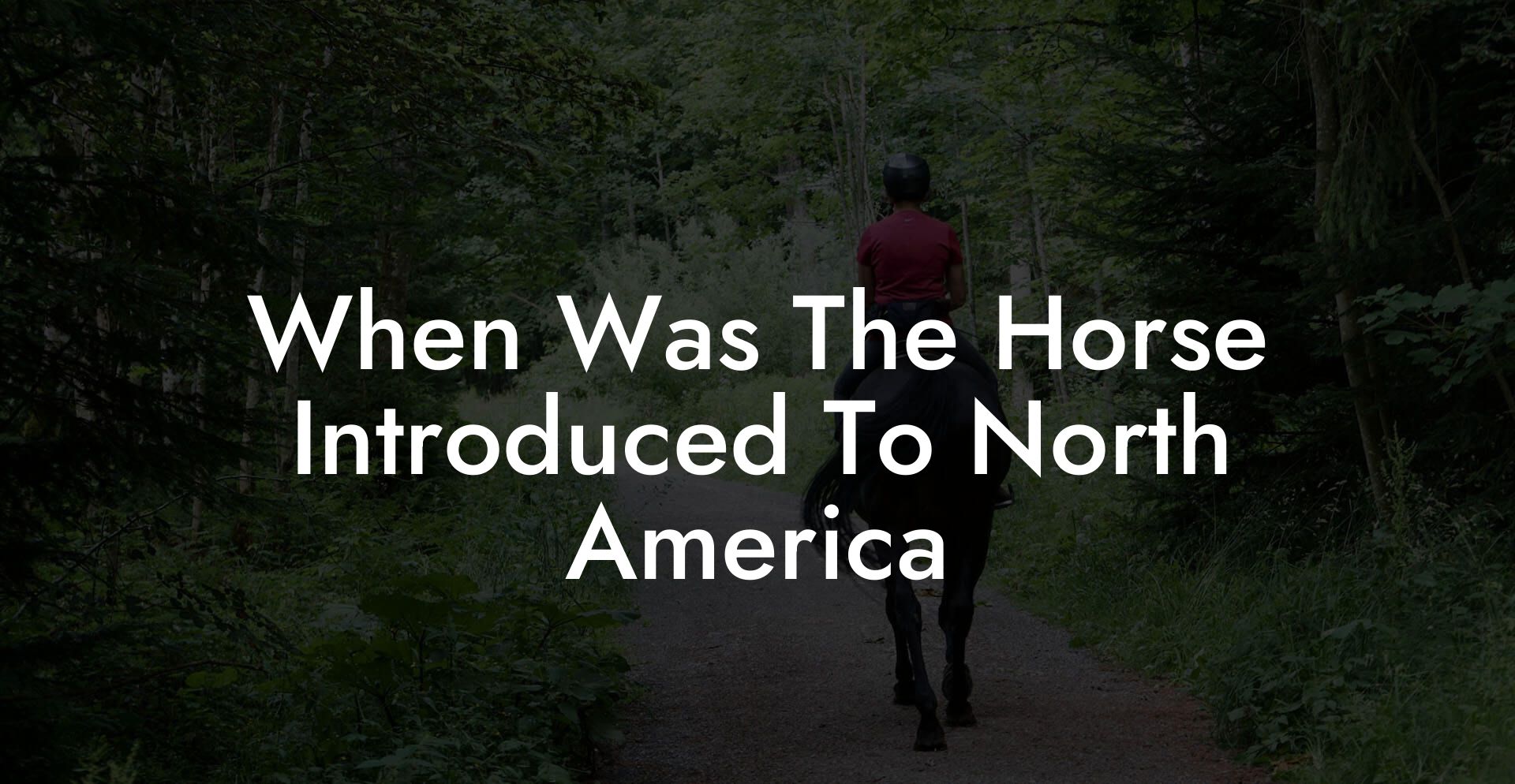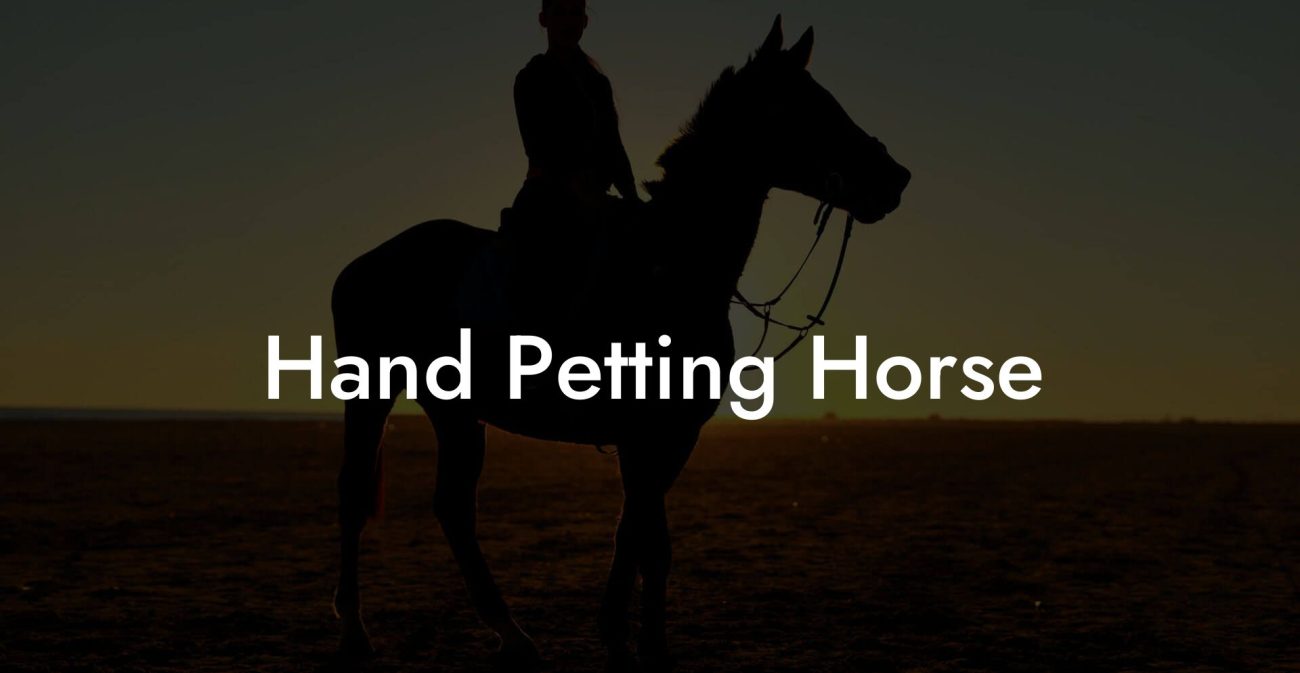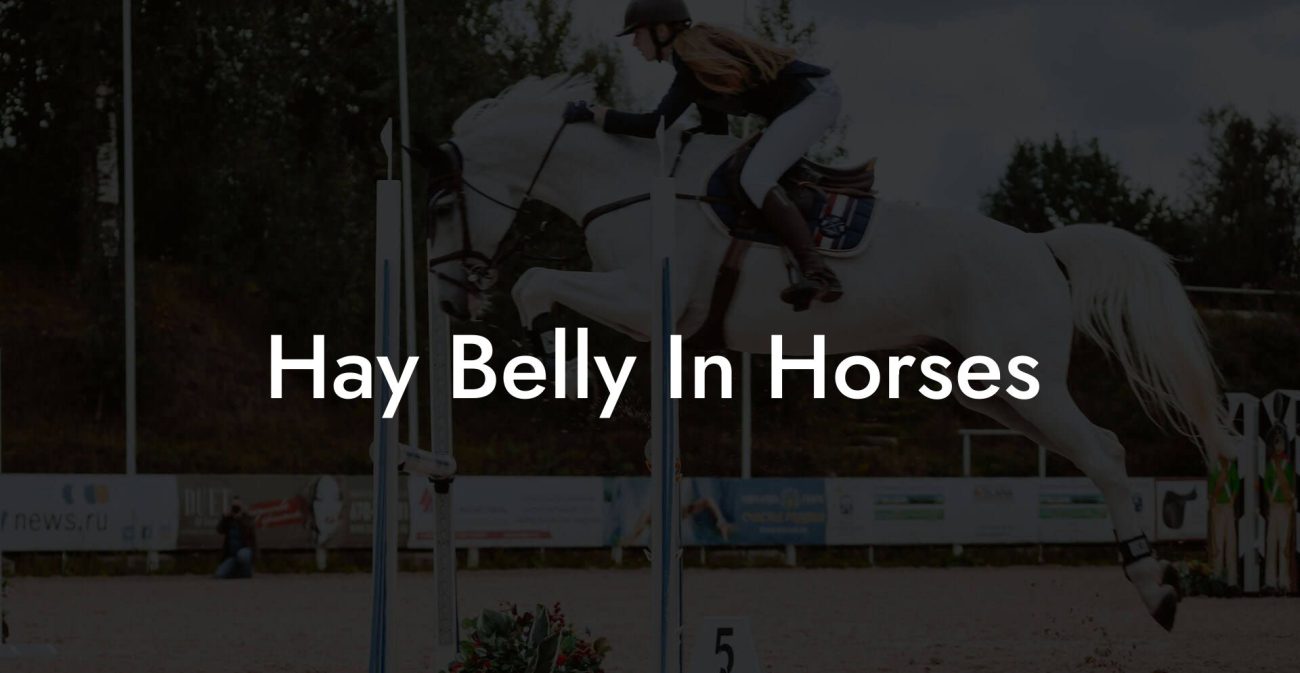History isn’t always as dusty as your grandma’s attic, and when it comes to horses in North America, the story is nothing short of epic. Picture a time when the plains were untamed, cultures thrived in harmony with the land, and a four-legged companion arrived to transform lifestyles forever. Buckle up as we gallop through time, exploring how and when horses were introduced to North America while also dropping major knowledge bombs on how to care for these magnificent creatures in today’s fast-paced, Insta-worthy world.
Quick Links to Useful Sections
- A Time-Traveling Leap Back: The Arrival of the Horse in North America
- Tracing the Historic Hoofprints: How Horses Transformed Cultures
- From Conquest to Culture: The Horse’s Journey Through Time
- Modern Day Mavericks: Caring for Your Horse with Love and Sass
- Horse Health 101: The Ultimate Care Guide for the Modern Equestrian
- Feeding and nutrition: Fueling the Gallop
- Hydration and Wellness: Quenching the Thirst
- Exercise and Movement: Keeping the Rhythm Alive
- Grooming and Coat Care: The Art of Looking Fly
- Stable Management: Creating a Cozy Home
- Mental Health and Enrichment: Beyond the Basics
- Stepping Into the Saddle: training and Modern Techniques for the New Age Equestrian
- Equine Health Concerns: Recognizing and Preventing Common Issues
- Charting the Equine Life Cycle: From Foal to Majestic Steed
- The Digital Age of Horsemanship: Resources, Apps, and Community Support
- Mastering the Art of Equine Bonding: Building a Connection That Lasts
- Innovative Trends in Equine Care: The Future is Now
- Resources and Community Support: Your Next Steps
- Frequently Asked Questions About Horses in North America and Modern Horse Care
- Your Path to a Legacy of Equine Excellence
A Time-Traveling Leap Back: The Arrival of the Horse in North America
When speaking about the horse’s first footsteps on North American soil, we’re not referring to the wild stallions roaming the film sets of Hollywood blockbusters. Instead, we’re diving back into a pivotal moment when horses, believed to have gone extinct on the continent thousands of years ago, were reintroduced by none other than Spanish explorers and conquistadors in the early 16th century. Yes, you read that right , the very horses that galloped across history to shape legendary cultures and alter landscapes were once again reborn on this continent.
Historical records indicate that by the early 1500s, explorers like Hernán Cortés and others brought horses over from Europe as a strategic tool for warfare, transport, and the assertion of new territorial claims. This reintroduction didn’t just shift the course of military conquests, it revolutionized the daily lives of both settlers and Indigenous peoples, forever entwining the fate of the equine with the destiny of North America.
The fascinating twist? While horses had roamed North America millions of years ago, a mass extinction event had wiped them out long before human history began. Their dramatic comeback with European colonization is a testament to nature’s uncanny ability to surprise us, merging ancient evolution with modern legacy. For modern equestrians, this historical revival is more than just a cool fact, it’s a reminder of our deep, almost cosmic connection with these magnificent animals.
Tracing the Historic Hoofprints: How Horses Transformed Cultures
The reintroduction of the horse into North America wasn’t merely a historical footnote, it was a transformative moment that reshaped cultures, economies, and even the very geography of human society. Indigenous tribes, such as the Comanche, Lakota, and Apache, quickly recognized the potential of these speedy, strong animals, integrating them into their ways of life with a blend of reverence, respect, and a keen sense of adventure.
Prior to the arrival of the horse, many Native American tribes traversed vast territories on foot or using other means. With the horse in the mix, transport became faster, hunting more efficient, and community connections strengthened. Essentially, the equine presence sparked what many scholars refer to as a cultural revolution. Tribes like the Plains Indians turned into some of the best horsemen in history, utilizing these animals to enhance mobility, facilitate trade, and even redefine warfare. The horse evolved into a symbol of freedom, an indispensable partner in the quest for survival and prosperity.
In turn, European settlers and explorers learned from Indigenous practices, merging different riding techniques and equine care methods. This cross-cultural exchange not only enriched the art of horsemanship but also laid the groundwork for modern equestrian practices. Today, whether you’re a seasoned rider or a curious millennial just starting on your horse care journey, understanding this historical interplay deepens your appreciation for every trot, canter, and gallop.
From Conquest to Culture: The Horse’s Journey Through Time
Let’s pivot to another fascinating chapter, how the horse became such an influential figure in shaping what we now consider modern American culture. After the initial wave of Spanish introductions, horses began to spread across the continent. From the vast, echoing prairies of the Midwest to the rugged terrains of the Southwest, their presence redefined the dynamics of transportation, warfare, and settlement.
In the 17th and 18th centuries, horses symbolized power and prestige. They were essential for building trade routes, exploring uncharted territories, and even chasing after runaway dreams in emerging frontier towns. The horse quickly transcended its role as a mere beast of burden; it became a companion, a partner, and in many ways, a true friend to those venturing into unknown lands.
Fast forward to the 19th century during the Westward Expansion, and you see horses defining the cowboy era. They were the muscle behind iconic figures like Wyatt Earp and the legendary imagery of cattle drives. The folklore of the Wild West is inseparable from the hoofbeats echoing against the open range, a reminder of a time when the bond between human and horse was critical for survival amidst the challenges of a rugged environment.
This enduring legacy of the horse inspires modern narratives and digital content alike. For Gen-Z and millennials, who are all about authenticity and a connection to nature, the story of the horse’s arrival and its transformation from a strategic asset to a beloved cultural icon resonates deeply. Whether you’re scrolling through your feed or planning your next equestrian adventure, the horse’s historical journey is a tale of reinvention and timeless appeal.
Modern Day Mavericks: Caring for Your Horse with Love and Sass
Now that we’ve set the historical stage, let’s bring the conversation into the 21st century, where caring for a horse is not just about routines and chores but about creating a vibrant lifestyle that bridges tradition with modern innovation. For the modern equestrian enthusiast, especially those in the Gen-Z and millennial cohorts, horse care is about wellness, mindfulness, and even a bit of personalized self-expression.
Owning a horse today means blending age-old practices with high-tech advancements. You might be using digital apps to monitor your horse’s health metrics, researching online communities for tips, or even sharing your proud riding moments on social media. But regardless of the tech-savvy tools at your disposal, the core essence of equine care remains rooted in empathy, consistency, and a deep appreciation for every heartbeat that mirrors your own.
In this section, we’re dishing out modern, down-to-earth advice on equine care that you can take from your screen to the stable. Whether you’re a newcomer wondering how to start or you’ve already saddled up for the ride, these tips are crafted to inspire confidence, build a genuine connection with your animal, and ensure that every gallop is as smooth as your favorite playlist.
Horse Health 101: The Ultimate Care Guide for the Modern Equestrian
Caring for a horse is part art and part science, much like crafting the perfect TikTok video. Here, we break down essential areas of equine care that span everything from dietary habits to exercise, grooming, mental health, and overall wellbeing.
Feeding and nutrition: Fueling the Gallop
To keep your horse in tip-top shape, nutrition is a non-negotiable aspect of care. Just as you wouldn’t power your laptop on low battery, your horse needs a balanced diet to sustain its energy and vitality. High-quality forage, such as hay and pasture grasses, forms the backbone of equine nutrition. Alongside, grains and supplements can provide that extra zing of energy and nutrients necessary for recovery and strength.
Remember, every horse is unique, just like your Spotify playlist. Take note of factors like age, workload, and overall health when crafting your horse’s menu. Consulting with an equine nutritionist can help you tailor a regimen that ensures balanced macro- and micronutrient intake, reduces the risk of digestive issues, and ultimately fuels a happy, healthy horse.
Hydration and Wellness: Quenching the Thirst
Water is to a horse what memes are to internet culture, absolutely essential. Horses need constant access to fresh, clean water to help maintain body temperature, aid digestion, and support overall cellular functions. Investing in quality water management systems and routinely checking for hydration levels can prevent common issues like colic or dehydration.
Exercise and Movement: Keeping the Rhythm Alive
Whether it’s a gentle trot or a full-on canter across open fields, regular exercise is key to maintaining muscle tone, joint health, and overall agility. Just as you wouldn’t skip your daily workout, your horse needs varied exercise routines to remain fit and flexible. Incorporating activities like trail rides, arena work, and even ground exercises builds strength, coordination, and mental stimulation.
Modern technology even offers wearable devices for horses that track activity levels and recovery time, so be sure to explore these tools if you’re looking to blend tradition with tech-savvy care.
Grooming and Coat Care: The Art of Looking Fly
Let’s face it, first impressions matter, whether you’re posting a selfie or showing off your ride at a local competition. Grooming isn’t just about aesthetics (although a shiny coat is always a bonus); it’s critical for skin health, circulation, and bonding. Brushing off dust, dirt, and loose hair helps distribute natural oils while also giving you a prime opportunity to check for any injuries or skin irritations.
Incorporate tools like combs, curry combs, and microfiber towels into your routine, and consider integrating natural products that leave your horse not only clean but also smelling fresh. A regular grooming session can even double as a time to unwind and connect with your equine friend.
Stable Management: Creating a Cozy Home
Your horse’s home should be a safe, secure, and clean environment that promotes relaxation and recovery. A well-maintained stable is like a chill living room, a sanctuary where your horse can rest after a long day of adventures. Regular cleaning routines, proper ventilation, and ensuring that the stall is free of hazards are critical steps in preventing infections and injuries.
Modern stables often incorporate innovative designs and automated systems to monitor environmental factors such as temperature, humidity, and ventilation. Whether you’re managing a sprawling ranch or a compact urban stable, keeping the space clean and well-organized is a must.
Mental Health and Enrichment: Beyond the Basics
Horses are social, curious creatures, and their mental health is as important as their physical care. Social interaction with other horses, varied environmental enrichment, and even simple activities like puzzle feeders can avoid boredom and promote cognitive function. Traditional riding time paired with periods of free movement in pastures or paddocks creates a balanced routine that caters to both their physical and mental well-being.
Don’t hesitate to mix things up! Modern equine care has taken a page from the human wellness playbook, integrating mindfulness practices like quiet hoof time and gentle stretching routines that encourage relaxation and stress relief.
Stepping Into the Saddle: training and Modern Techniques for the New Age Equestrian
The art of riding and training a horse has evolved from grueling old-school methods into a more empathetic, balanced approach that respects the animal’s natural instincts and personality. For Gen-Z and millennials especially, the goal is not just to break the horse but to build a partnership characterized by trust, respect, and shared adventures.
Modern trainers emphasize positive reinforcement techniques, incremental learning, and a deep understanding of equine psychology. Techniques such as clicker training, where a small sound signals a reward, can make the learning process fun, engaging, and stress-free for both you and your horse. Whether you’re learning to rein in that wild streak or aiming to polish your dressage skills, a supportive training regime goes a long way.
Moreover, interactive clinics and digital learning platforms offer an abundance of resources and tips on proper training methods, accommodating the busy lifestyle of today’s young riders. Social media groups, YouTube tutorials, and virtual workshops are excellent ways to connect, share experiences, and learn about the latest trends in equine behavior and training approaches.
Equine Health Concerns: Recognizing and Preventing Common Issues
Just like your favorite influencer cares for their skincare, a horse’s health must be meticulously looked after. Knowing the common issues that can affect your horse is essential to prevent minor problems from turning into costly or dangerous situations. From lameness and colic to respiratory issues and skin conditions, early detection is key.
Routine health check-ups, including dental care, deworming, and vaccinations, are critical parts of a well-rounded equine care regimen. Advances in veterinary medicine have also ushered in cutting-edge diagnostic tools such as digital radiography and ultrasound, making it easier than ever to catch any issues early on.
In our fast-paced era, building a relationship with your vet and maintaining detailed health records for your horse is as crucial as keeping up with the latest social trends. By staying proactive and informed, you ensure that your horse remains healthy, happy, and ready to live its best life.
Charting the Equine Life Cycle: From Foal to Majestic Steed
The life cycle of a horse is a fascinating journey that mirrors growth, change, and the passage of time, a journey that many aspiring horse owners find deeply inspiring. Starting as a playful foal, full of energy and curiosity, a young horse quickly evolves into a strong, noble steed. Each phase of its life demands unique care and attention.
For foals, nurturing an environment that promotes social interaction, safe exploration, and gentle training is crucial. The early years set the foundation for future well-being and behavior patterns. As the horse matures, its nutritional needs, exercise routines, and training requirements evolve, making continuous education and adaptation essential.
Whether you’re a first-timer or a seasoned rider, understanding the different stages of your horse’s life cycle will help you tailor your care, training, and nutrition to ensure that each phase is marked by growth, strength, and vitality.
The Digital Age of Horsemanship: Resources, Apps, and Community Support
In today’s world, everything from fitness tracking to meditation apps can be customized to your personal needs, and equine care is no exception. A growing number of digital platforms and mobile apps are available to help you manage every aspect of your horse’s health, from scheduling vet appointments to tracking nutritional data and monitoring daily exercise.
Online communities, ranging from Facebook groups to Reddit threads, offer a space for modern equestrians to share advice, troubleshoot problems, and celebrate successes. These digital hubs provide support and foster connections that can dramatically improve your experience in horse care. Moreover, engaging with fellow enthusiasts can lead to in-person meetups, clinics, and workshops that further deepen your knowledge and passion.
If you’re looking for a one-stop shop for all things equine, from expert advice and training tips to innovative health tools, explore equine-specific apps on your smartphone. These resources are designed to simplify the complexities of horse care and help you stay connected in a fast-changing digital age.
Mastering the Art of Equine Bonding: Building a Connection That Lasts
Beyond nutrition, exercise, and grooming, the real magic of horse care lies in the bond you cultivate with your equine companion. This connection transcends the daily routines and becomes an integral part of your shared journey. In a world dominated by digital interaction, forming a deep, personal relationship with your horse can be a refreshing counterbalance.
Spend quality time with your horse outside of their regular training routine. Whether it’s a leisurely stroll, a game of fetch with a ball, or just a calm grooming session, every moment counts. Understanding body language, keen observation of behavior, and simply being present fosters trust and mutual respect.
Modern research even suggests that spending time with animals can lower stress levels and boost overall well-being. So, the next time you’re scrolling through your feed, consider unplugging for a bit and investing some quality time with your four-legged friend. The benefits are immeasurable, not just for your horse, but for you as well.
Innovative Trends in Equine Care: The Future is Now
Equine care isn’t stuck in the past. With innovations in veterinary medicine, nutritional science, and digital technology, the way we care for horses is constantly evolving. The future of horsemanship is smart, literally. From wearable tech that tracks health metrics to advanced dietary supplements and even virtual training sessions, the next era of equine care is here.
Today’s progressive horse owners are embracing sustainable practices, such as eco-friendly stable management and organic feed options, all while integrating high-tech tools that make monitoring and maintaining health easier than ever. Future trends point to even more personalized care, augmented by emerging technologies that predict health issues before they occur.
As the equestrian community evolves, so does the way we approach horse care. Staying updated with industry news, following thought leaders in equine management, and constantly educating yourself can ensure that you’re always ahead of the curve. This isn’t just about keeping up with trends, it’s about providing your horse with the best care possible, rooted in both tradition and innovation.
Resources and Community Support: Your Next Steps
Whether you’re dipping your toes into the world of horse care or are a seasoned equestrian looking to up your game, there are countless resources available to help you on your journey. Start by joining online communities and local clubs where you can swap tips, share experiences, and build lasting relationships with fellow horse enthusiasts.
Educational websites, webinars, and virtual workshops led by expert equine veterinarians, trainers, and nutritionists can provide invaluable insights and step-by-step guidance. Consider subscribing to newsletters from reputable equestrian organizations, following horse care influencers on social media, and even attending live events or clinics when possible.
In a world where connections matter, the equestrian community is a vibrant network ready to welcome you with support, shared wisdom, and a genuine passion for all things horses. Let this be your roadmap to not just caring for your horse, but thriving together in a journey that marries history with modern life.
Frequently Asked Questions About Horses in North America and Modern Horse Care
Dive into these commonly asked questions to clarify any lingering queries. We’re blending historical insights with practical care tips for today’s equestrians.
1. When were horses first introduced to North America?
Horses were reintroduced to North America in the early 16th century by Spanish explorers, during a time when they were essential for transportation, warfare, and later, cultural exchange with Indigenous peoples.
2. Weren’t horses native to North America at some point?
Yes, horses originally evolved in North America but disappeared due to extinction events long before human contact. The current horses are descendants of those brought over by European explorers.
3. How did the introduction of horses impact Indigenous cultures?
Indigenous tribes quickly incorporated horses into their lives, revolutionizing transportation, hunting, and warfare. The horse became central to many cultural practices and significantly influenced the social dynamics of tribal communities.
4. What modern technologies can help in caring for my horse?
Today, equestrians use a variety of tech tools such as wearable trackers for health metrics, mobile apps for dietary and exercise monitoring, and online platforms for training and community support.
5. What are the essentials of daily horse care?
Daily care includes proper nutrition, regular hydration, exercise routines, grooming, stable management, and routine veterinary check-ups to ensure your horse is healthy and happy.
6. How can I build a stronger bond with my horse?
Spend quality time together through regular grooming, interactive training sessions, and leisure activities. Understanding your horse’s body language and providing consistent care will foster trust and deepen your connection.
7. Are there sustainable, eco-friendly practices available for stable management?
Absolutely. Many modern stables incorporate sustainable designs, including natural ventilation, organic bedding, and energy-efficient technology, to ensure an environmentally friendly and safe home for your horse.
8. What should I consider when choosing equine nutritional supplements?
Consider factors such as your horse’s age, workload, and health condition. Consulting with an equine nutritionist can help tailor the supplements needed for optimal performance and recovery.
These FAQs are designed to give you a quick-read on both the historical and practical aspects of horse care in North America. Keep them handy as you continue on your equine adventure!
Your Path to a Legacy of Equine Excellence
From the dramatic reintroduction of the horse in the early 16th century to the vibrant, tech-enhanced equine care practices of today, the journey of the horse in North America is a saga of revival, transformation, and enduring partnership. Whether you’re a history buff, a passionate equestrian, or a modern horse care enthusiast, embracing this legacy means recognizing that each gallop, every nuzzle, and every shared moment with your horse is part of a continuum that bridges the past with the future.
As you embark on your own journey of horse care, remember that this is more than a duty, it’s a celebration of life, community, and the incredible bond between humans and horses. Embrace the rich heritage of equine history, integrate innovative care techniques, and join a community that’s as passionate about horses as you are. Every step you take is a stride into a legacy of equine excellence and a testament to the timeless allure of these majestic creatures.
So saddle up, trust in the strength of tradition and technology, and let your passion for horses define your journey. In a world where history meets modern innovation, your story and your horse’s story continue to intertwine, creating endless opportunities for adventure, connection, and growth.













